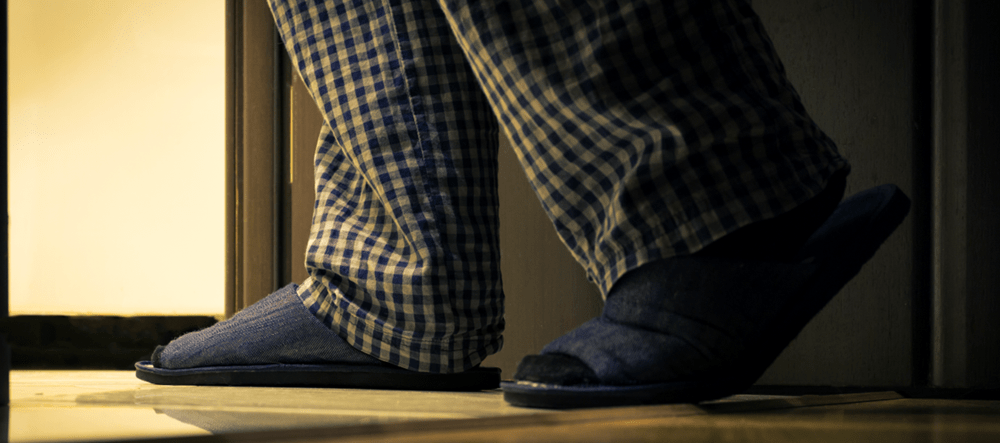Taking the Lead on Wander Prevention

On January 9th of this year, Barbara Kasler wandered away from her home at around 2:30am. The 89 year old lives with dementia and was found walking in her pajamas and slippers several hours later by a reporter covering the story. Alert but confused, she was cold but otherwise in good health.
Kasler’s story is not unusual and, fortunately, ended well. But people with dementia (PWD) often lose their sense of time, wander at night and can face serious harm or even death. Their caregivers often find themselves “sleeping with one eye open,” worried their loved one might go missing any given night. Data suggests that even infrequent and very brief nightly awakenings have significant impact on a person’s critical thinking skills and their emotional tolerance the next day. Caregivers are under tremendous responsibility to ensure the safety of their loved one, and adding poor sleep to the mix can accelerate burnout and lead to earlier institutionalization for the PWD.
With this in mind, VHA Home HealthCare was excited to invest in the ongoing AGE-WELL study that uses technology to help seniors remain safe in their homes at night. The Nighttime Wander Detection System Study, a joint research project with doctors from Bruyère Memory Clinic and Carleton University, includes strategically placed sensors in the home that detect the PWD’s movements. The system starts with a commercially available bed mat that senses if the PWD gets up at night. Once triggered, the Nighttime Wander Detection System lights a clear path to the bathroom. If the person wanders away from the typical route to the bathroom, an audio warning goes off in the voice of their caregiver with a message such as, “Sweetheart, it’s nighttime; you should go back to bed.” If another sensor is triggered further away from the bedroom, other warnings or signals will launch as determined by the caregiver, such as calling the caregiver’s phone or turning on extra lights.
The project is still in its early stages but has been successfully launched in eight homes. One of its challenges, however, is the available bed mats’ small size. A PWD can trigger the system simply by rolling over and off the mat, which unnecessarily launches the lighting sequence and can be disorienting. VHA’s investment in this project focuses on creating a better mat for the system. “Technology is fantastic,” says Dr. Sandra McKay, Director of Research at VHA Home HealthCare, “but we need to work with the technology to truly address the needs of caregivers and their loved ones. I think these researchers have identified the proof of concept, and they can make this work, but there are opportunities for improvement.”
The study’s engineers are tracking the number of times participants wake up at night, the number of caregiver alerts, and the level of caregiver satisfaction, comfort and safety in the home. “I’m not only excited, but also grateful that these researchers are doing the hard work of going to individual homes in unique setups, organizing sensors, then going back and reorganizing the sensors if they’re not quite capturing the information,” says Sandra. “As researchers, it would be much easier to go to a long-term care facility to set up these sensors and use that as their proof of concept, but I think they truly understand how important this is to the families. It encourages the elderly to stay home longer, and as we always say at VHA, ‘That’s where people want to be.’“
